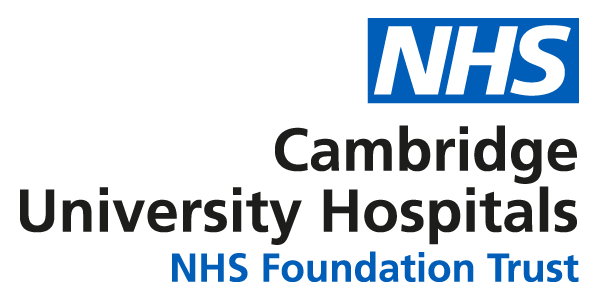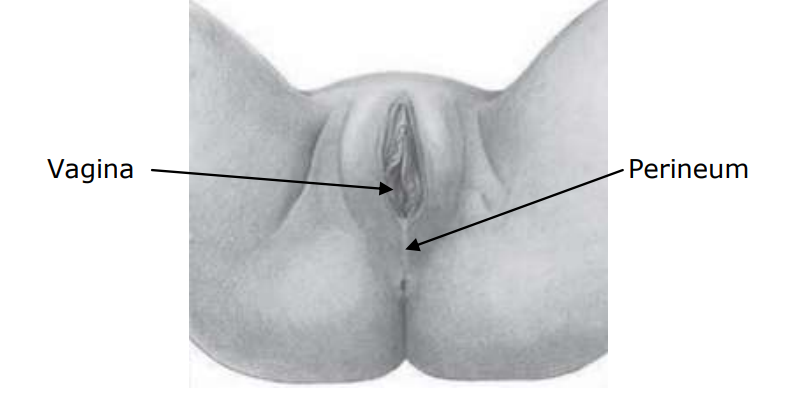Perineal massage during pregnancy helps to gradually soften and stretch the vagina and the perineum in preparation for birth. This leaflet explains why this could be helpful and gives instructions on how to perform this exercise.
You can talk to your midwife about perineal massage for more information.
How often do perineal tears occur?
It is estimated that tearing occurs in 85% of vaginal births. About two thirds of these tears will need stitches.
What can I do to avoid perineal tears?
Several studies have shown that perineal massage from 34 weeks of pregnancy reduces the likelihood of the need for episiotomy and the incidence of perineal tears that require stitches. Perineal massage
has also been shown to reduce perineal pain in the months post birth for if you have had more than one vaginal birth.
What are the benefits of perineal massage?
The evidence suggests that if you can particularly benefit from perineal massage if:
- you are having your first baby (or you have had a caesarean birth before and are planning a vaginal birth this time)
and/or
- you are 30 years and older
and/or
- you have had episiotomies before.
Reasons why you should consider perineal massage:
- It helps to gradually soften and stretch the perineum ready for birth and reducing the risk of a perineal tear that requires stitches.
- It helps you know your body and prepares you for the feeling of pressure and stretching that you feel as your baby’s head is being born. This will aid relaxation, and can help you feel more in control.
- It can promote closeness between you and your partner.
Who does the massage?
You or your partner can do the massage. It is entirely up to you.
When should I start and how often should I massage?
It is recommended that you start massaging any time from 34 weeks of pregnancy and massage at least three to four times a week for three to five minutes each time. However, undertaking perineal massage for as little as once or twice a week from 34 weeks may be of benefit.
Partners
If your partner is performing the perineal massage, follow the same basic instructions as above. However, your partner should use their index fingers to do the massage (instead of thumbs). The same side-to-side, U-shaped downward pressure method should be used. Good communication is important - be sure to tell your partner if you have too much pain or burning!
What if I cannot do it?
Everyone is different and some find perineal massage easier than others for a number of reasons. Please contact your midwife if you would like to discuss any concerns further.
Are there any risks of perineal massage?
There are no known risks of perineal massage. However, do not perform perineal massage if you think your waters might have broken or if you are suffering from vaginal infections such as thrush or herpes. Please contact your midwife in these circumstances.
For further information, please contact:
Your community midwife/team (refer to your antenatal notes)
Useful references
Beckmann MM, Stock OM (2013) Antenatal perineal massage for reducing perineal trauma. Cochrane Database of Systematic Reviews, Issue 4. Available from: Cochrane Library Antenatal perineal massage for reducing perineal trauma (opens in a new tab)
We are smoke-free
Smoking is not allowed anywhere on the hospital campus. For advice and support in quitting, contact your GP or the free NHS stop smoking helpline on 0800 169 0 169.
Other formats
Help accessing this information in other formats is available. To find out more about the services we provide, please visit our patient information help page (see link below) or telephone 01223 256998. www.cuh.nhs.uk/contact-us/accessible-information/
Contact us
Cambridge University Hospitals
NHS Foundation Trust
Hills Road, Cambridge
CB2 0QQ
Telephone +44 (0)1223 245151
https://www.cuh.nhs.uk/contact-us/contact-enquiries/



